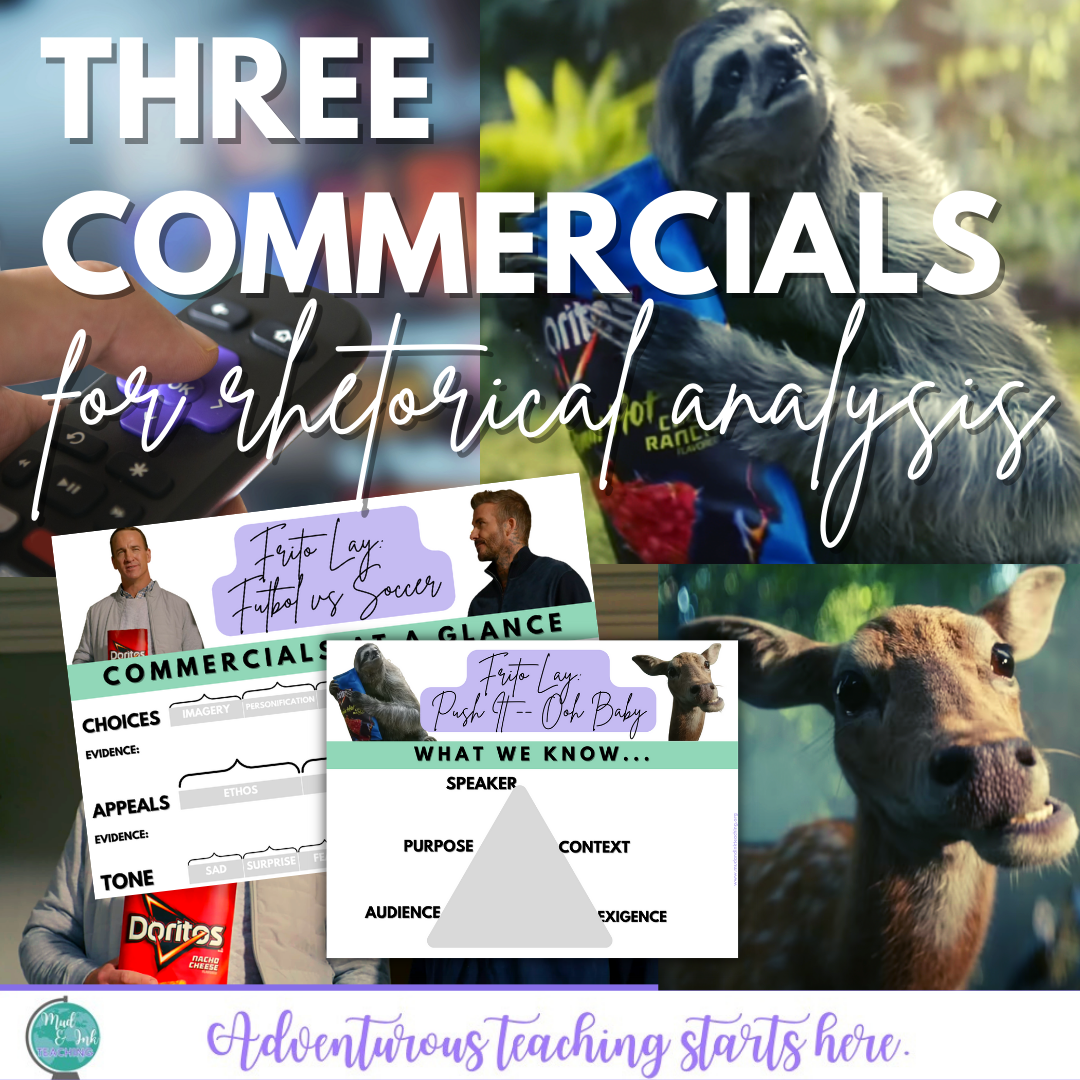
ADVENTUROUS TEACHING STARTS HERE.
Life's Blueprint: An ELA Lesson Honoring Dr. Martin Luther King Jr.
Dr. King’s legacy is especially powerful in the ELA classroom: his words, his rhetoric, and the passion with which he speaks them is not only worthy of study in its own right, but the overlaps into our content area make the analysis of the layers of his work that much more rich and impactful. Here is a free lesson walkthrough for your middle or high school English class celebrating Martin Luther King Jr.’s birthday.
Does Taylor Swift have a place in the ELA Classroom?
And here's the thing: if your students are talking about Taylor, then so should you. This is an open door into engagement and skill building that is not to be missed. Here are three ways to pull the power of Taylor into your classroom and spike engagement among your students…
11 Best Movie Scenes to Introduce Rhetorical Analysis
Rhetorical analysis is a skill that needs practice and reinforcement all year long. Using various moments from movies and film offer a great chance to examine both the rhetorical situation and the arguments themselves. Check out these eleven movie suggestions to teach rhetorical analysis including various Disney movies, The Notebook, and We Are Marshall.
3 MORE Commercials for Rhetorical Analysis
Rhetorical analysis is a skill that needs practice and reinforcement all year long. Use this template and three commercial suggestions to help you get going with rhetorical analysis in your classroom.
3 Super Bowl Ads to Analyze for Rhetorical Analysis
Rhetorical analysis is a skill that needs practice and reinforcement all year long. Take a break from what you’re doing and tackle these Super Bowl ads together for students to practice discussion and analysis in an entertaining and engaging lesson.







